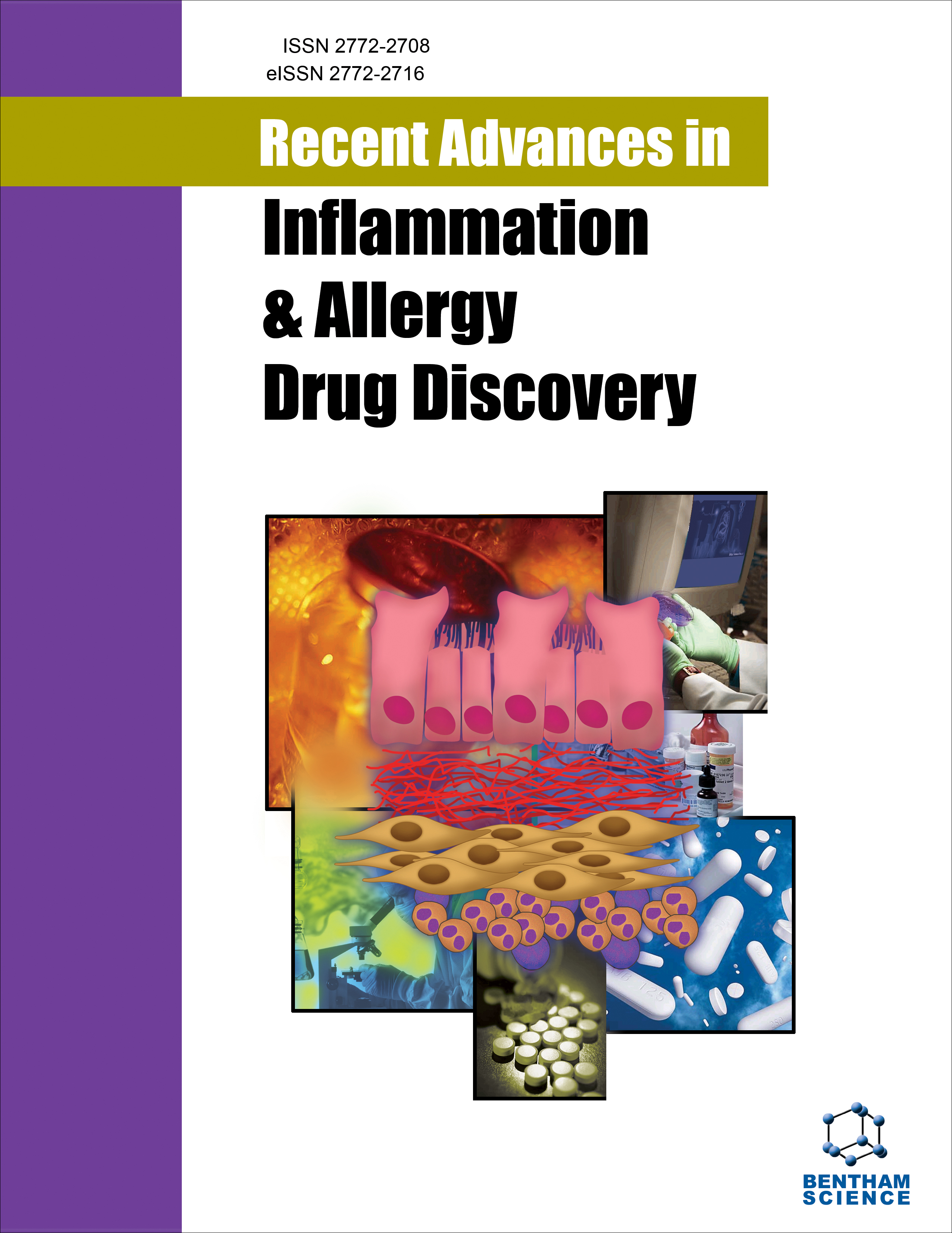
Full text loading...
We use cookies to track usage and preferences.I Understand

The Toll-like Receptors (TLRs) family has significantly enhanced the understanding of innate immune responses by identifying and responding to various microbes or host-derived organisms. TLRs contribute to these responses by increasing the levels of cytokines, interleukins, and other inflammatory mediators through multiple pathways. Located both intracellularly and on the surface of various cells and tissues, including vascular smooth muscles (VSMs) and myocardium cells, TLRs play distinct roles in innate immune activation, such as recognizing pathogen-associated molecular patterns (PAMPs) and activating downstream signaling pathways. In the context of COVID-19, TLRs are critically involved in the pathophysiology by mediating excessive inflammatory responses that exacerbate disease severity, influencing both the acute phase and long-term outcomes. It has been observed that inflammatory diseases such as atherosclerosis, viral myocarditis, and other comorbidities associated with the spread of COVID-19 have increased, although the exact mechanisms remain not fully understood. Nonetheless, there is evidence of TLR-mediated increased pro-inflammatory signaling by different mechanisms in these diseases. This review explains the role of TLRs in various inflammatory diseases related to COVID-19, including viral myocarditis, acute lung infections, and atherosclerosis. Furthermore, the review discusses various herbal drugs, such as Platycodon grandiflorum, Acanthopanax senticosus, Scutellaria baicalensis Georgi, and Engelhardia roxburghiana, and their mechanisms of action on TLRs, including NF-κB, MyD88-dependent, MyD88-independent pathways, and Plasmacytoid DCs. Enhanced clarity on TLRs' specific contributions to COVID-19 pathophysiology and stronger evidence supporting herbal interventions targeting TLRs could improve the impact and applicability of these findings in clinical settings.

Article metrics loading...

Full text loading...
References


Data & Media loading...